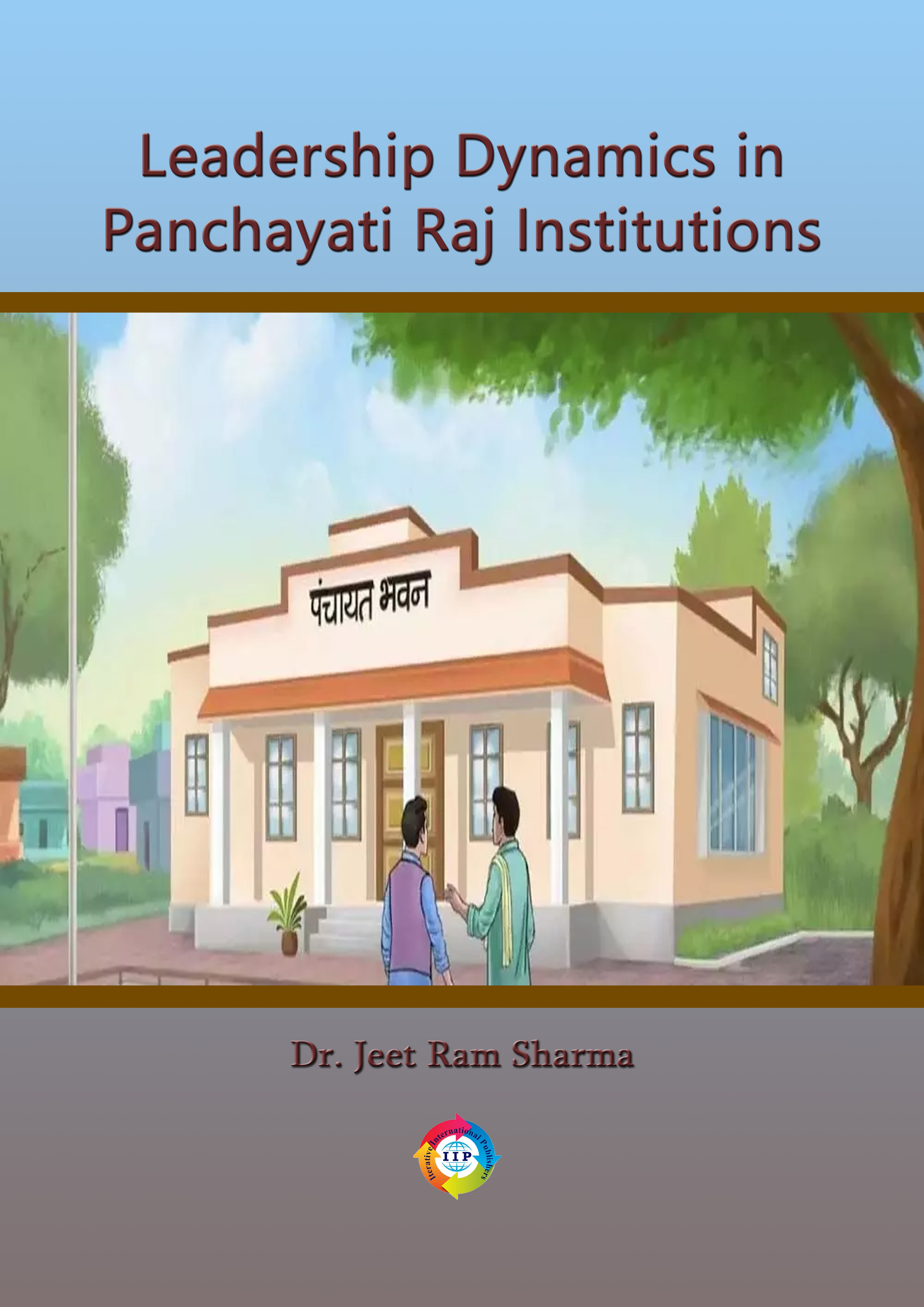
LEADERSHIP DYNAMICS IN PANCHAYATI RAJ INSTITUTIONS
-
TypePrint
- CategoryNon-Academic
- Sub CategoryFiction
- StreamPolitical-Fiction
The Panchayati Raj Institutions (PRIs), which are crucial to local development and administration, have long been acknowledged as the foundation stone of decentralized governance in India. These organizations have a significant role in determining the framework of grassroots governance because of the special interaction that they foster between elected leaders and appointed officials. This book explores the complex relationships between leaders and officials inside Panchayati Raj Institutions. It tries to shed insight into the fundamental causes driving PRI functioning and its impact on rural development by examining the interactions, responsibilities, and power dynamics between these two.
Panchayati Raj Institutions referred to as the "third tier" of governance, have gained importance since its constitutional recognition in 1992. Their creation was a crucial step towards decentralizing authority and control to enable local communities to actively engage in their growth. Panchayati Raj has empowered millions of villagers, bridging the gap between governance and the governed, and enabling communities to actively participate in decision-making processes that directly affect their lives. Understanding how leaders and officials interact, work together, or occasionally disagree is essential to the success of PRIs in carrying out their intended function in this situation.
Leadership Dynamics in Panchayati Raj Institutions is a significant contribution to the ongoing discourse surrounding Panchayati Raj institutions in India. This book probes deep into the intricate web of relationships and interactions between elected Panchayati Raj leaders and government officials, two key pillars of the decentralized system of governance. It offers an exhaustive examination of their roles, responsibilities, and the dynamics that shape their working relationships. The goal of this book is to fully explore the complexities of this relationship. This book draws upon empirical data, and interviews with stakeholders at the grassroots level. It presents an in-depth analysis of the Panchayati Raj system, shedding light on its strengths and weaknesses and its potential for driving positive change in rural India. The obstacles and possibilities that occur in the collaboration of both leaders and officials, their duties and responsibilities, the impact of elements like political allegiances and bureaucratic systems, and more have all been examined. Various PRIs from various locations and the essence of their complex interaction have been examined through a combination of qualitative and quantitative research approaches.
Additionally, this study intends to provide policymakers, practitioners, and other stakeholders involved in the operation of Panchayati Raj Institutions with useful insights that go beyond academic understanding of PRI dynamics. Identifying ways to strengthen these institutions and increase their efficiency as tools for local administration and rural development can be possible by developing a greater knowledge of the relationships between leaders and officials. The complex interactions between leaders and employees in Panchayati Raj Institutions are examined in this study, which shapes the governance landscape at the grassroots level in India.
**Note: IIP Store is the best place to buy books published by Iterative International Publishers. Price at IIP Store is always less than Amazon, Amazon Kindle, and Flipkart.



COMMENTS
No Review found for book with Book title. LEADERSHIP DYNAMICS IN PANCHAYATI RAJ INSTITUTIONS